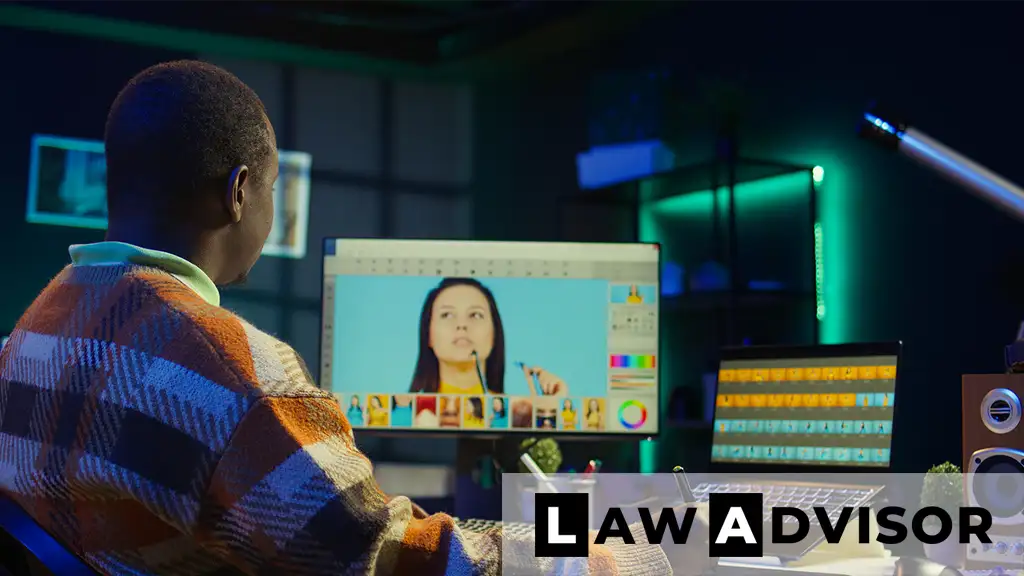Child custody battles are one of the most emotional and complex parts of any divorce or separation. Whether you’re concerned about your child’s safety, stability, or emotional well-being, seeking full custody may feel like the only path forward.
But how exactly do you get full custody of your child? What does it involve? And what will the court look at?
This guide breaks it all down—in plain English—so you can understand your rights, responsibilities, and the legal steps ahead.
🧠 What Does “Full Custody” Actually Mean?
Full custody typically refers to one parent having sole legal and physical custody of a child.
- Legal Custody: The right to make major decisions (education, health care, religion).
- Physical Custody: Where the child lives day-to-day.
A parent with full custody may have both, or in some cases, just one. The non-custodial parent may or may not have visitation rights.
🗂️ In legal terms, “sole custody” is more commonly used, but “full custody” is the everyday term people understand best.
⚖️ When Do Courts Award Full Custody?
Family courts generally prefer joint custody—unless there’s a valid reason to grant full custody to one parent. You must show that awarding full custody is in the best interest of the child.
Common reasons include:
- Abuse or neglect by the other parent
- Substance abuse problems
- Mental illness that prevents safe parenting
- Abandonment or lack of involvement
- Unsafe living conditions
- Parental alienation or interference
📝 Step-by-Step: How to Get Full Custody
1. Hire a Family Law Attorney
Custody laws vary by state, and a knowledgeable family law attorney can:
- Assess your case
- File necessary paperwork
- Represent you in court
- Help gather evidence
2. Document Your Concerns
Courts rely on evidence. Keep a journal or file of:
- Missed visits or calls
- Instances of abuse or neglect
- Police reports or protective orders
- Communications that show instability or danger
🧾 Screenshots, texts, emails, and photos can all support your case.
3. File for Custody in Family Court
You’ll need to:
- File a petition for sole custody (or modify an existing order)
- Serve the other parent
- Prepare for mediation or a custody hearing
Some states require mediation before a hearing.
4. Present Evidence to Support Your Claim
At the custody hearing, the judge will consider:
- Each parent’s ability to care for the child
- The child’s relationship with each parent
- Home stability and environment
- The child’s wishes (in some states and age groups)
- Evidence of abuse, neglect, or other concerns
5. Follow Temporary Orders
During the custody process, the court may issue temporary custody or visitation orders. It’s crucial to follow them precisely—your behavior now will affect the final ruling.
🔍 What the Judge Is Looking For
Judges aim to support the best interests of the child, which may include:
- Emotional and physical safety
- Educational stability
- Strong parental involvement
- Absence of domestic violence or instability
💡 Being respectful in court, keeping your child out of the conflict, and showing you’re fostering a healthy environment will strengthen your case.
👎 What Not to Do When Seeking Full Custody
- ❌ Speaking negatively about the other parent in front of the child
- ❌ Denying court-ordered visitation without legal grounds
- ❌ Making false accusations
- ❌ Ignoring court procedures or deadlines
These can backfire and hurt your custody claim.
🛠️ What If the Other Parent Fights Back?
They likely will. The court may appoint a guardian ad litem (a neutral third party) to represent the child’s interests, or order custody evaluations by psychologists or social workers.
Both parents may undergo:
- Home evaluations
- Parenting assessments
- Background checks
Prepare to participate honestly and respectfully.
💬 Can Full Custody Be Temporary?
Yes. Courts can issue temporary full custody in emergency situations, like domestic violence or addiction. However, long-term full custody will only be granted after a full hearing and substantial evidence.
👨⚖️ Modifying Custody Orders
Even if you don’t win full custody right away, you can file for modification later if circumstances change (e.g., the other parent becomes unfit or moves away).
🔄 You May Want to Check out:
- What Is a No-Fault Divorce and How Does It Work?
- How to File for Divorce: Step-by-Step Guide by State
- Legal Separation vs. Divorce: What’s the Difference?
🧾 Final Thoughts
Getting full custody of your child is possible, but not guaranteed. Courts take these decisions seriously and base them on evidence—not emotion or assumptions.
If you truly believe it’s in your child’s best interest, take the right legal steps, stay calm, and build your case wisely. A qualified attorney can help guide you through the process and fight for what’s right for your family.





